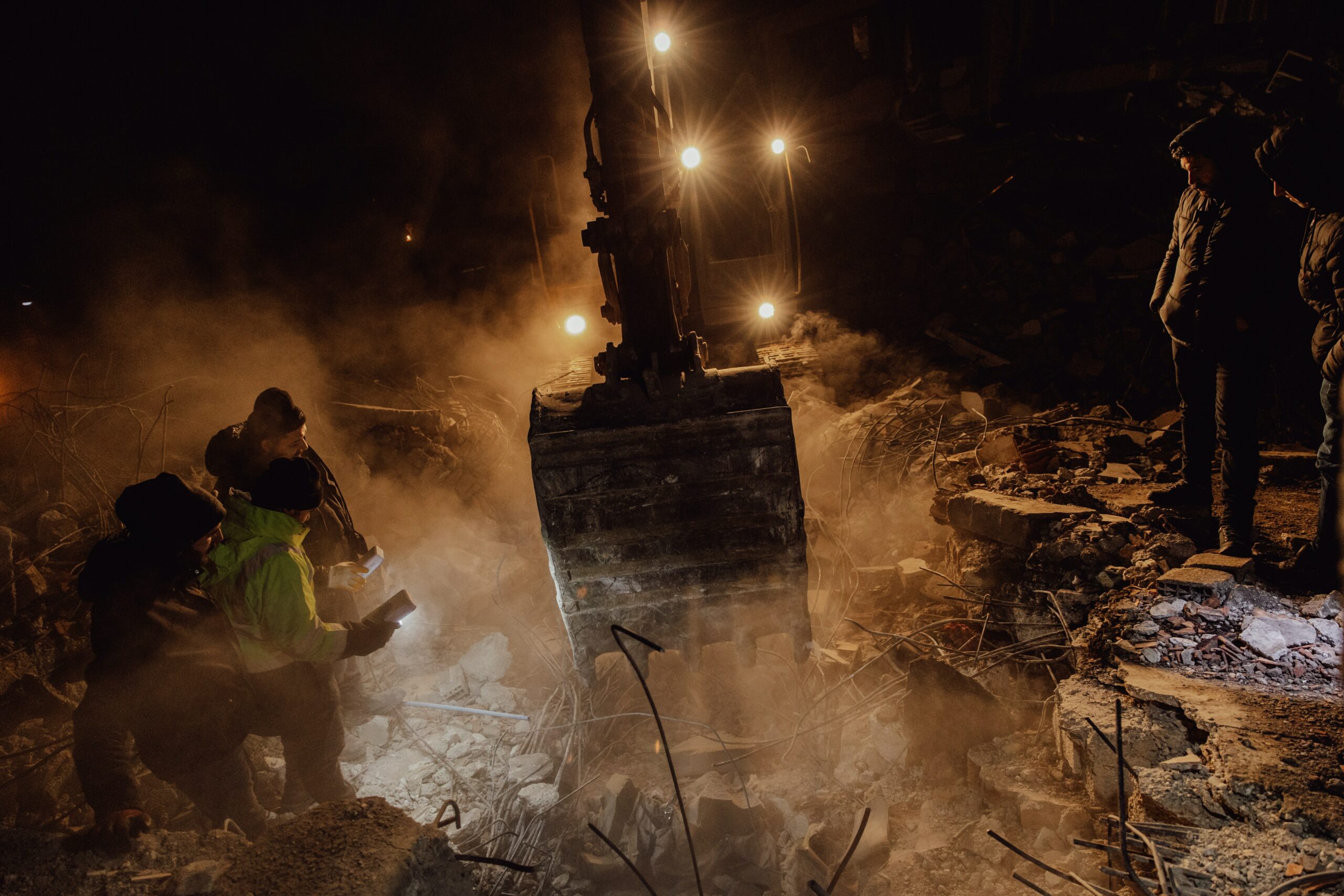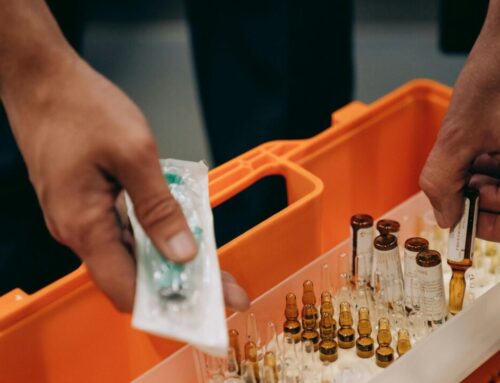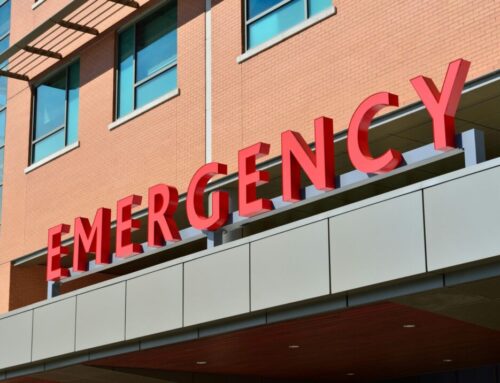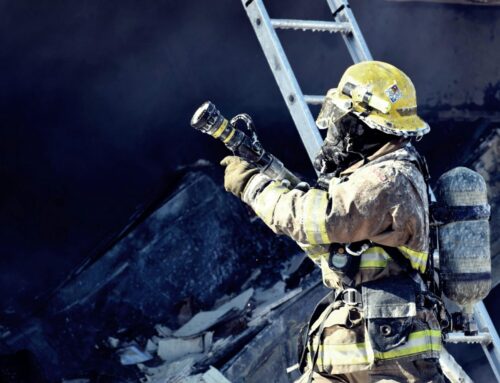Natural disasters and emergencies can strike anytime, leaving individuals and communities vulnerable to their devastating effects. From earthquakes and hurricanes to wildfires and pandemics, being prepared for emergencies is crucial to ensure the safety and survival of yourself and others. Provided in this blog is a comprehensive guide to emergency disaster preparedness, covering the essential steps and precautions you can take to minimize the impact of disasters and increase your chances of survival.
Create an Emergency Plan
The first step in disaster preparedness is to create a comprehensive emergency plan for your household, including:
- An evacuation plan: Determine escape routes from your home and establish a meeting point for your family if you’re separated during an emergency.
- Emergency contacts: Compile a list of important contacts, including family members, neighbors, and local emergency services.
- Communication plan: Decide how you will stay in touch with family members during a disaster. Consider designating an out-of-town contact person.
- Special considerations: If you have family members with special needs, pets, or livestock, ensure your plan includes provisions for their care and safety.
Build an Emergency Kit
Every household should have a well-stocked emergency kit that contains all the essential items for any emergency and/or disaster. At a minimum, an emergency kit should include the following items:
- Non-perishable water and food: Many emergency disasters leave victims without power for days. Aim for a three-day supply per person of water and foods that do not require refrigeration, such as canned goods, dried fruit, nuts, and meals-ready-to-eat (MRE).
- Cold storage alternative: In addition to non-perishable food, it is especially important to be able to keep perishable food and any necessary medications (such as insulin) refrigerated to prolong survival during the aftermath. Depending on the situation, you may be waiting for emergency services to arrive to provide disaster relief for multiple days. Having a backup generator is one solution, but often a costly one. Another option is phase change material (PCM) packs that maintain refrigerated, frozen, and ultra-cold (below-freezing temperatures) for multiple days. If kept in your refrigerator and freezer, these PCMs automatically begin maintaining proper temperatures following a power outage. Some clients rely on generators, but also have PCM’s at the ready as a backup to their generators, since they will run out of fuel in 1-3 days. The PCM’s can add cold storage for a number of days following this.
- First aid supplies: Bandages, antiseptic wipes, medications, and any necessary medical equipment are good to have on hand. The Red Cross recommends this detailed list of first aid kit essentials for a family of four.
- Flashlights and batteries: Ensure you have a reliable source of light during power outages. Flashlights and LED lanterns provide a light source without the use of electricity.
- Tools: A multi-tool kit, duct tape, rope and a manual can opener can all be found very useful during a disaster.
- Clothing and blankets: Extra clothing, blankets, and sturdy shoes.
- Personal documents: Copies of important documents like identification, insurance policies, and medical records.
- Cash: Depending on the disaster, ATMs and credit card machines may be unavailable. Having cash on hand will be important as backup.
- Hygiene supplies: Sanitary products, soap, and toiletries.
- Miscellaneous items: Whistle, matches, and a notepad with a pen.
Stay Informed
To stay informed during an emergency, subscribe to text alerts; follow emergency management agencies, such as FEMA, on social media; invest in a battery-powered or hand-crank NOAA Weather Radio for national weather updates, and if possible, monitor local news for the latest information.
Secure Your Home
Make your home more disaster-resistant by taking the following steps:
- Secure heavy objects: Fasten heavy furniture and appliances to the wall to prevent them from falling during earthquakes or strong winds.
- Reinforce windows and doors: Install storm shutters or use plywood to protect windows and reinforce doors.
- Fire safety: Install fire extinguishers and smoke detectors. Ensure everyone in your home knows how to work the fire extinguisher and ensure the smoke detector’s batteries are charged.
- Utility shutoff: Learn how to turn off gas, water, and electricity in your home.
- Document your property: Ensure you have appropriate insurance documentation for your home and any other valuable items that it is up to date. It would also be helpful to understand your coverage.
Emergency disaster preparedness is not something to be taken lightly. By creating a thorough emergency plan, building a well-stocked emergency kit, staying informed, securing your home, and preparing for specific disasters common in your area, you can significantly increase your chances of staying safe during emergencies. Remember, being prepared can make all the difference in the face of disaster, so start today and ensure your family’s safety and well-being in times of crisis.




